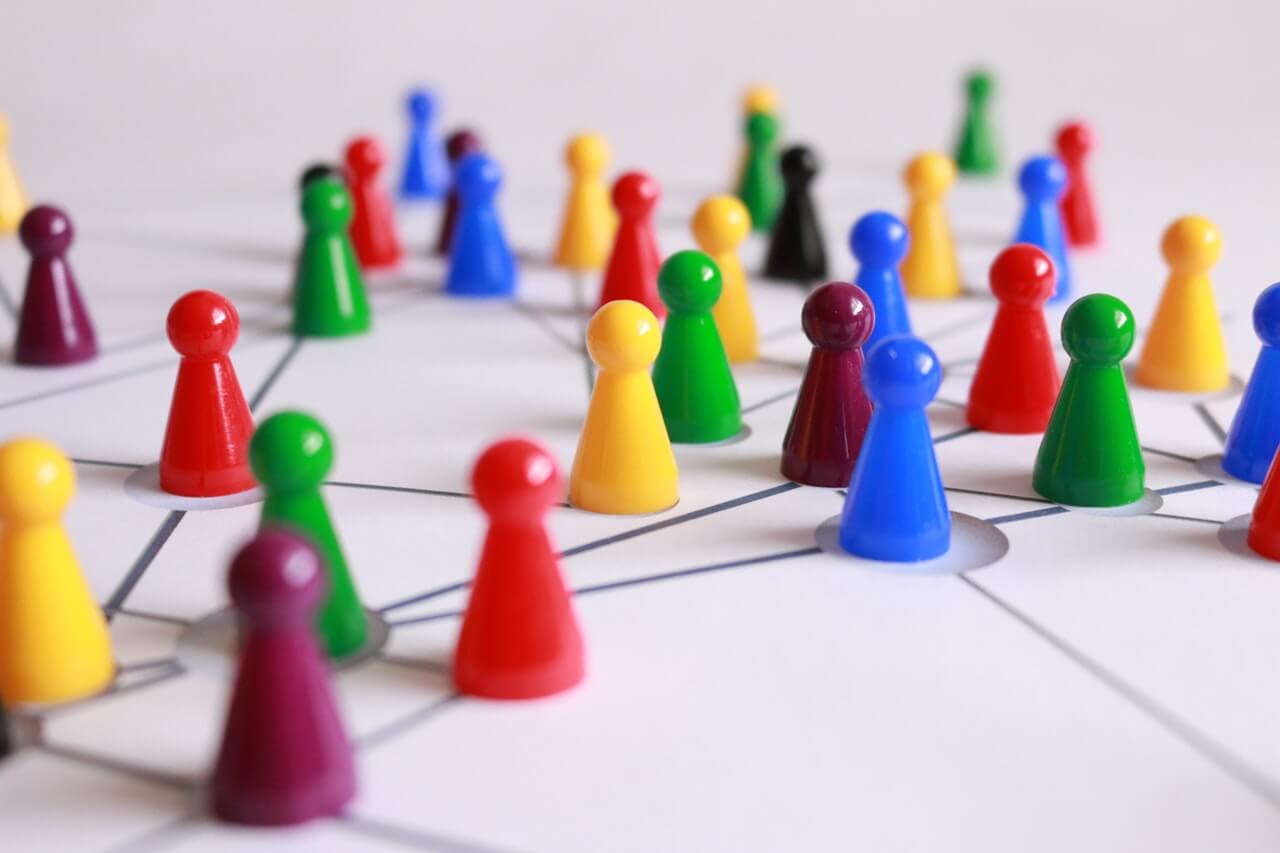Colours are a very important part of culture. They are omnipresent in our visual world, but also in our language. Don’t forget to localise them too in your website localisation project!
Colours aren’t universal and may need to be localised
Of course, we know that website localisation isn’t just about translating texts and adapting domain names. But we often tend to see some elements as universal when they are in fact as much a cultural product as anything else, and as such, can and will vary depending on the locale. This is the case for colours: their meaning, their symbolic and even literal value are not the same in different cultures and religions.
Some may overlap, but others may be total opposite and need to be adapted during the localisation process.
Colour is an essential element in a website design
Brand recognition, attention-getting tool, colours also induce a specific mood for the viewer. Cold colours will be calming and warm colours will have an exciting effect, for example. The background colour chosen for a specific website has an immediate effect on the user, sometimes very explicit and sometimes only on a subconscious level.
These symbolic values of colours can be constant throughout the world. For instance, Red is used to get the user’s attention because it often signals danger or action. Green reminds the user of nature and will convey a reassurance, a validation. White is clean and clear, black is luxurious, orange is the default call-to-action colour in marketing, etc.
In the vast majority of the world population, blue is the favourite colour. It is also the colour having the most constant meanings throughout the world. A calming colour and inspiring a feeling of safety, blue also has a connotation of trustfulness. That’s the reason why so many companies adopted it in their logos! Blue is generally a safe choice in almost any context.
Colour localisation prompts the desired effect adapted to the target culture
On the other hand, the connotation associated with each colour can vary greatly between one culture and the other. Assuming that this is not the case could lead a website to have a completely different effect on the user!
Red is the colour of love and power in the Western world, but means evil in Middle East and luck in the Eastern World. That luxurious black website will be appreciated in Asia, but much less so in Europe and America where it is a mourning colour. On the opposite, a white and neat European website can be unsettling for an Asian viewer who associates this colour with death. Green is used to represent chance in most Western cultures, but mostly rebirth and fertility in others.
Learn about this variety of significations before launching your website localisation project! You can find useful studies and information, such as these instructive colour-related infographics (Multilizer Translation Blog).
Article in collaboration with Julie-Anne Marcelin.




Comments